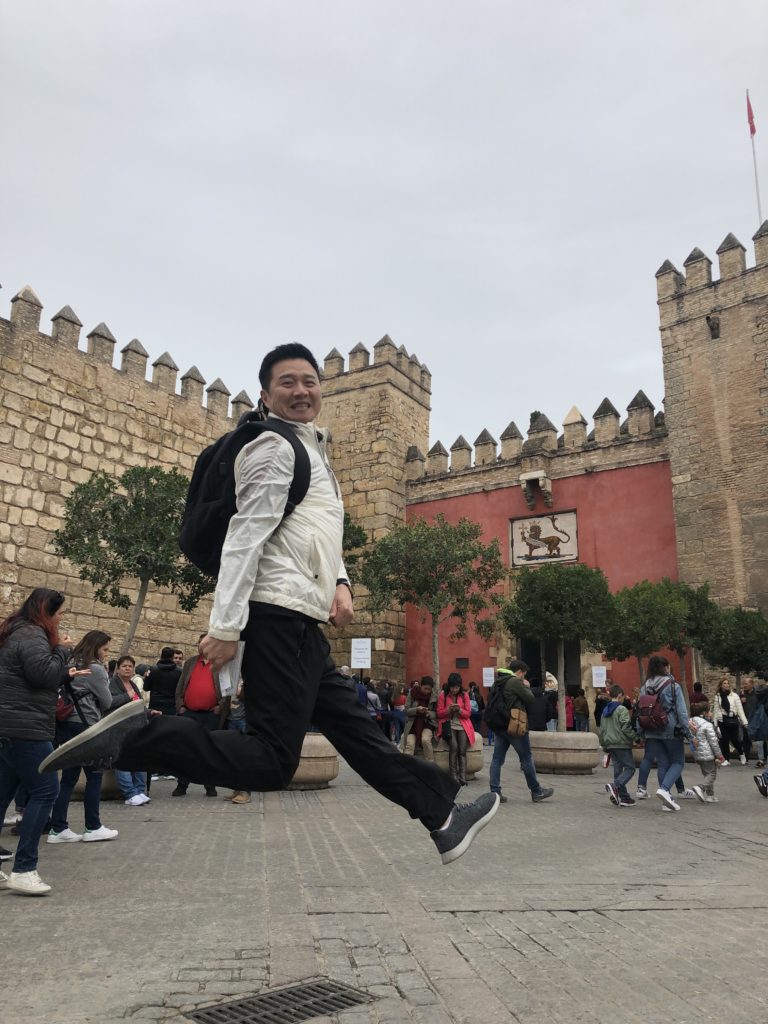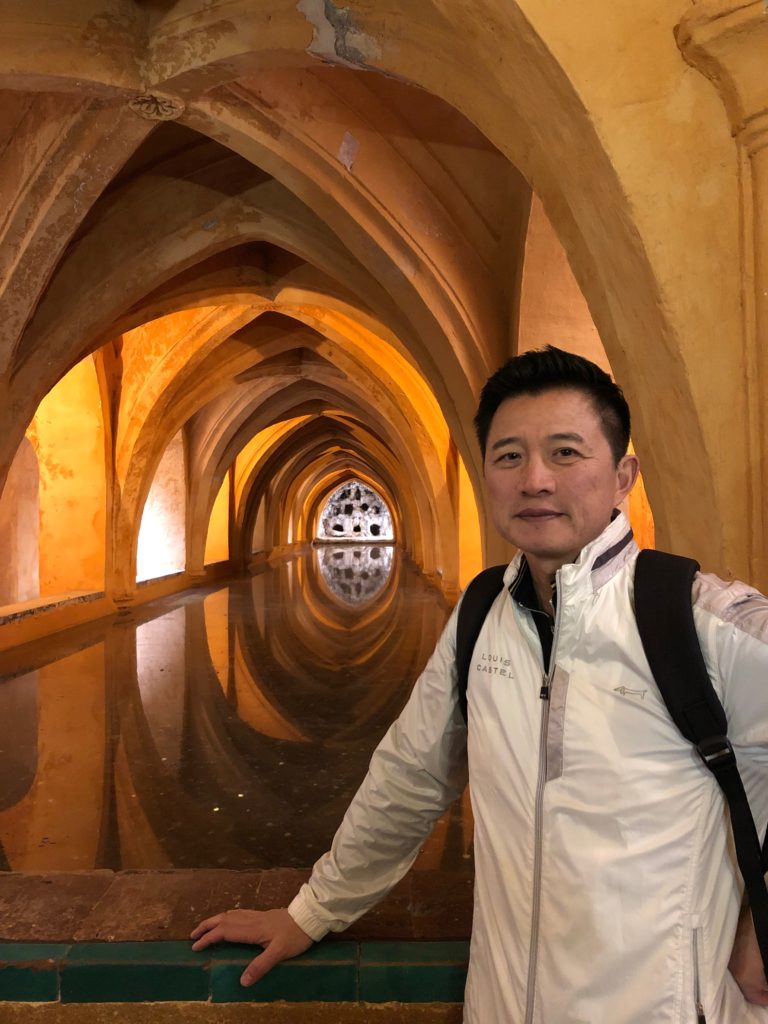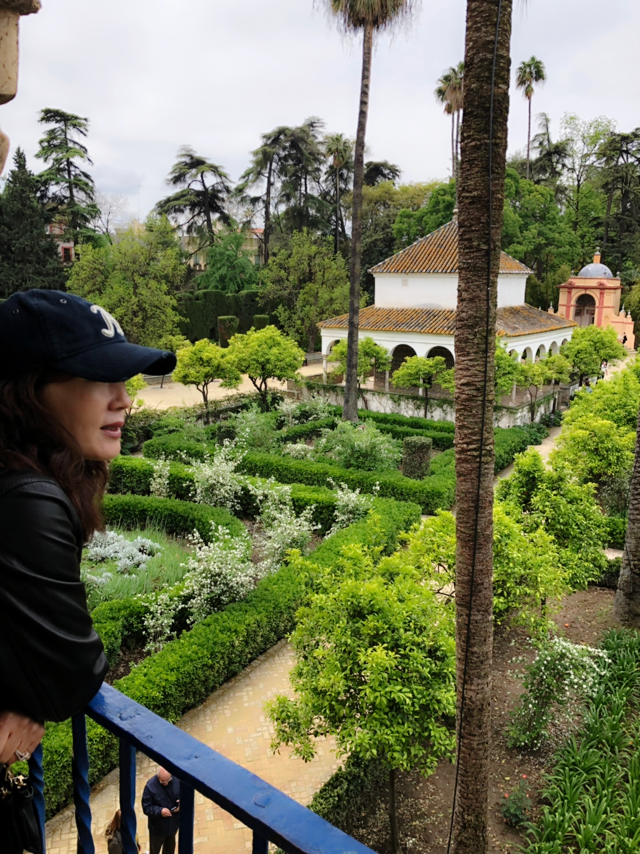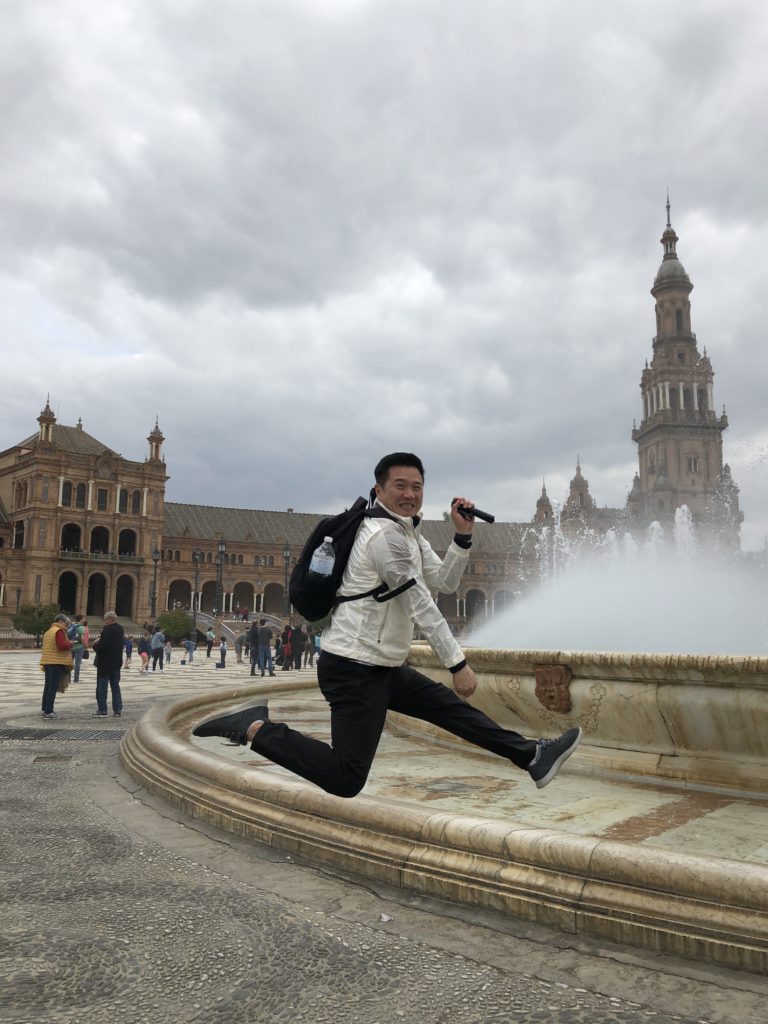
Madrid, Segovia & Seville
Spain is a diverse country with contrasting regions that have different languages and unique historical, political and cultural traditions. Because of this, Spain is divided into 17 autonomous communities (comunidades autónomas), plus two autonomous cities. Some of the autonomous communities—notably the ones which have other official languages alongside Spanish—have been recognised as “historical nationalities” that have a unique historical identity. These include the Basque Country, Catalonia, Galicia, the Valencian region, Andalusia, the Balearic Islands, Aragon and the Canary Islands.
Madrid
Madrid is Spain‘s capital and largest city, with 3.3 million citizens. A total of 6.5 million people live in the autonomous community of the same name (Comunidad de Madrid). The city has an impressive cultural and architectural heritage, which includes grand avenues, plazas, buildings and monuments, and world-class art galleries and museums. Madrid is also renowned for gastronomic delights and nightlife lasting up until dawn.
Segovia
The walled Old Town is easily accessible on foot. Most of it is pedestrianised, and no traffic passes beneath the Aqueduct, which thus divides the city. At the foot of the Aqueduct east side in Plaza Artilleria is an underground parking lot (€2 / hr). Bus 9 starts from here to make a circuit of Old Town, daily every 30 mins from 11:00 to 19:30, fare €1. West side in Plaza del Azoguejo is a Tourist Information Centre, with another in Plaza Mayor.
Seville

View of the Gothic cathedral and the Moorish bell-tower La Giralda
Seville (Spanish: Sevilla) Andalucia‘s capital. With more than 700,000 inhabitants, and 1.6 million in the metropolitan area, it is Spain’s fourth city, dominating southern Spain. With heritage from the Arabs and from the Age of Discovery, as well as the flamencoscene, Seville is a diverse destination.








